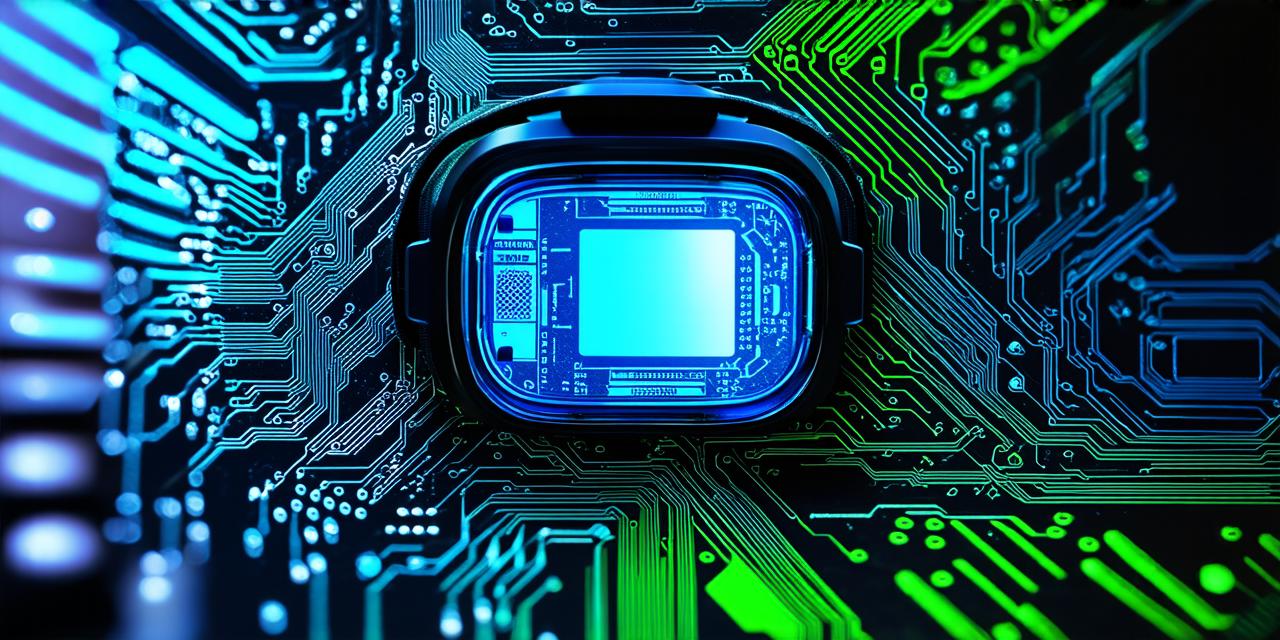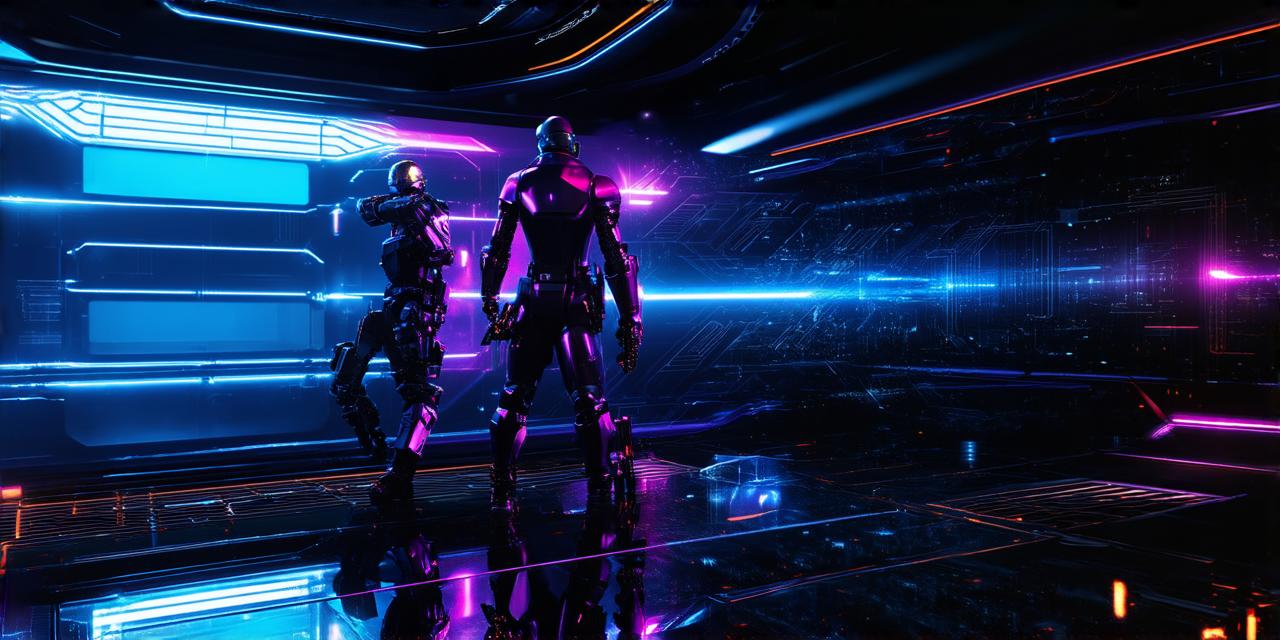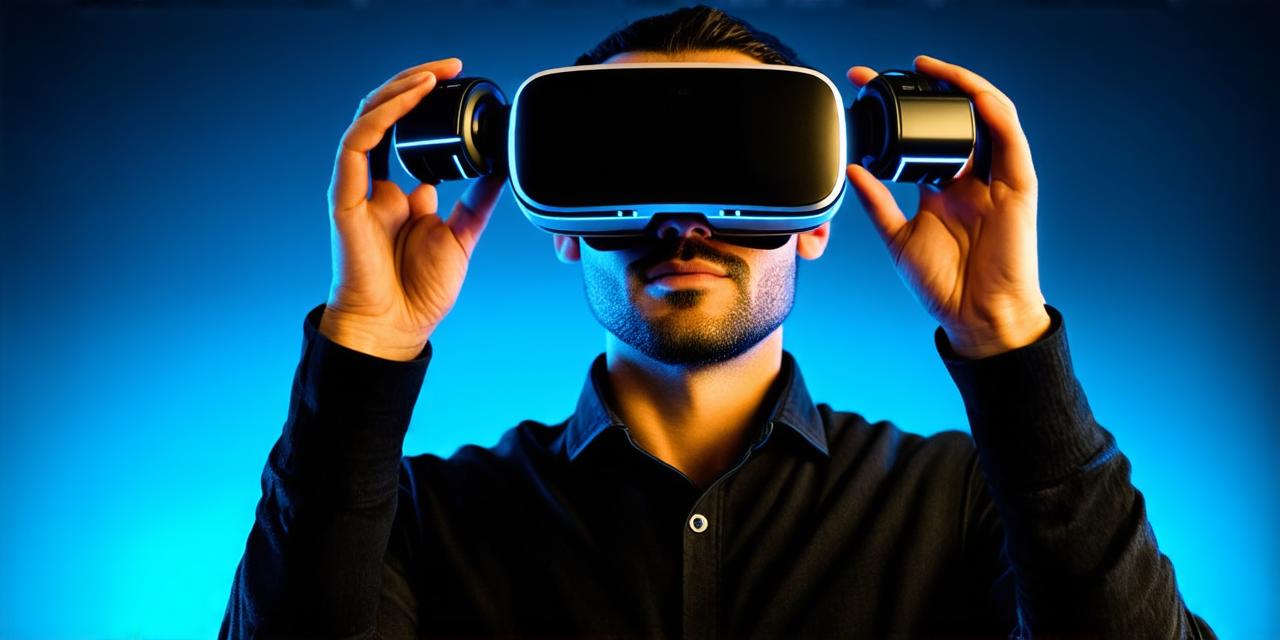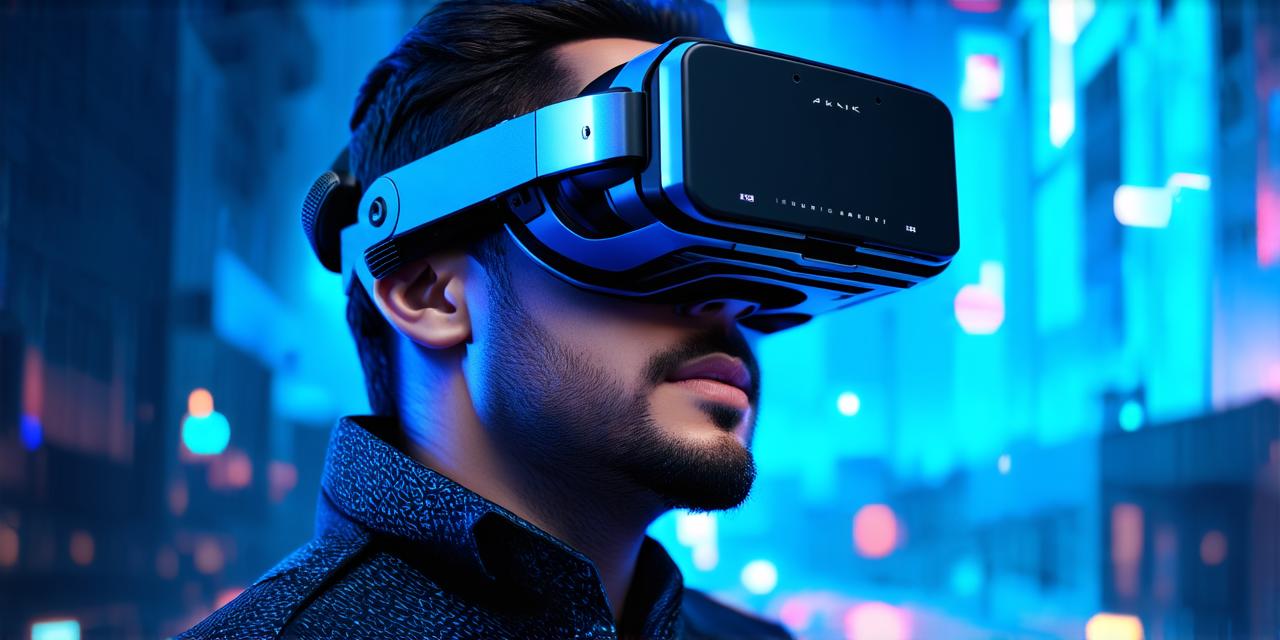Virtual Reality (VR) is a rapidly growing technology that has gained widespread attention in recent years. VR is essentially a simulated environment in which users can interact with objects and environments in a way that feels real.
The technology behind VR involves several different types of engineering, including computer science, electrical engineering, mechanical engineering, and more.
One of the main components of VR is the head-mounted display (HMD). This device sits on the user’s head and provides a 360-degree view of the virtual environment. HMDs typically use displays that are projected onto a plastic dome or screen, which is placed inside a helmet.
The HMD tracks the user’s head movements and adjusts the display accordingly, allowing for an immersive experience.
Another important component of VR is motion tracking technology. This technology allows the system to track the user’s movements in real-time and translate them into virtual reality. Motion tracking can be achieved using a variety of methods, including cameras, sensors, and magnetic fields.
Some VR systems use a combination of these technologies to provide the most accurate and responsive tracking possible.
In addition to HMDs and motion tracking technology, VR also requires powerful computers to render the virtual environment in real-time. These computers typically use specialized graphics processing units (GPUs) that are optimized for gaming or professional applications.
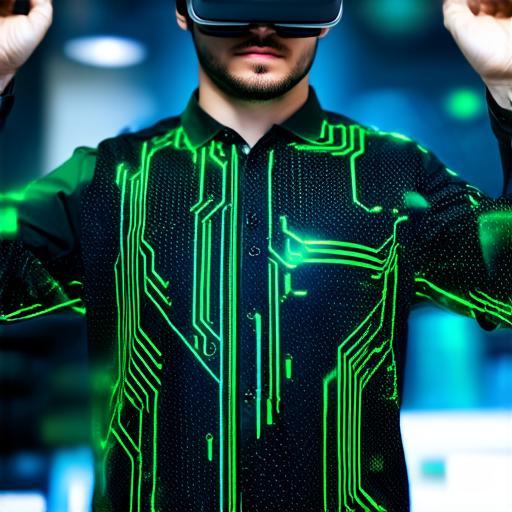
The performance of the computer is crucial to ensure a smooth and immersive experience for the user.
VR can be used in a variety of applications, including gaming, education, healthcare, and training. For example, VR simulations can be used to train doctors and nurses in surgical procedures, allowing them to practice their skills in a safe and controlled environment.
Similarly, VR can be used for pilot training, allowing pilots to simulate flight scenarios without the risk of injury or damage to equipment.
In conclusion, virtual reality technology involves several different types of engineering, including computer science, electrical engineering, mechanical engineering, and more. The components that make up a VR system include HMDs, motion tracking technology, powerful computers, and specialized hardware.
VR has a wide range of applications in areas such as gaming, education, healthcare, and training. As the technology continues to evolve, we can expect to see even more exciting uses for virtual reality in the future.
